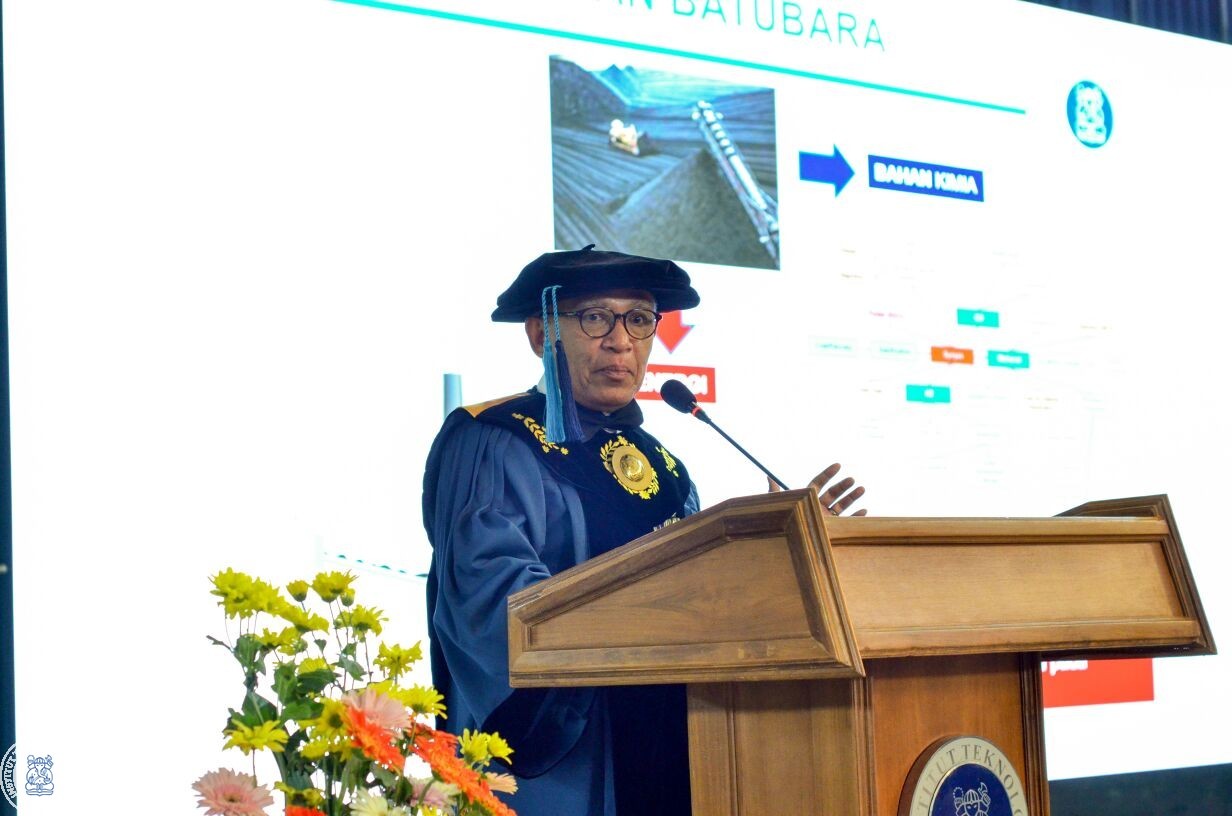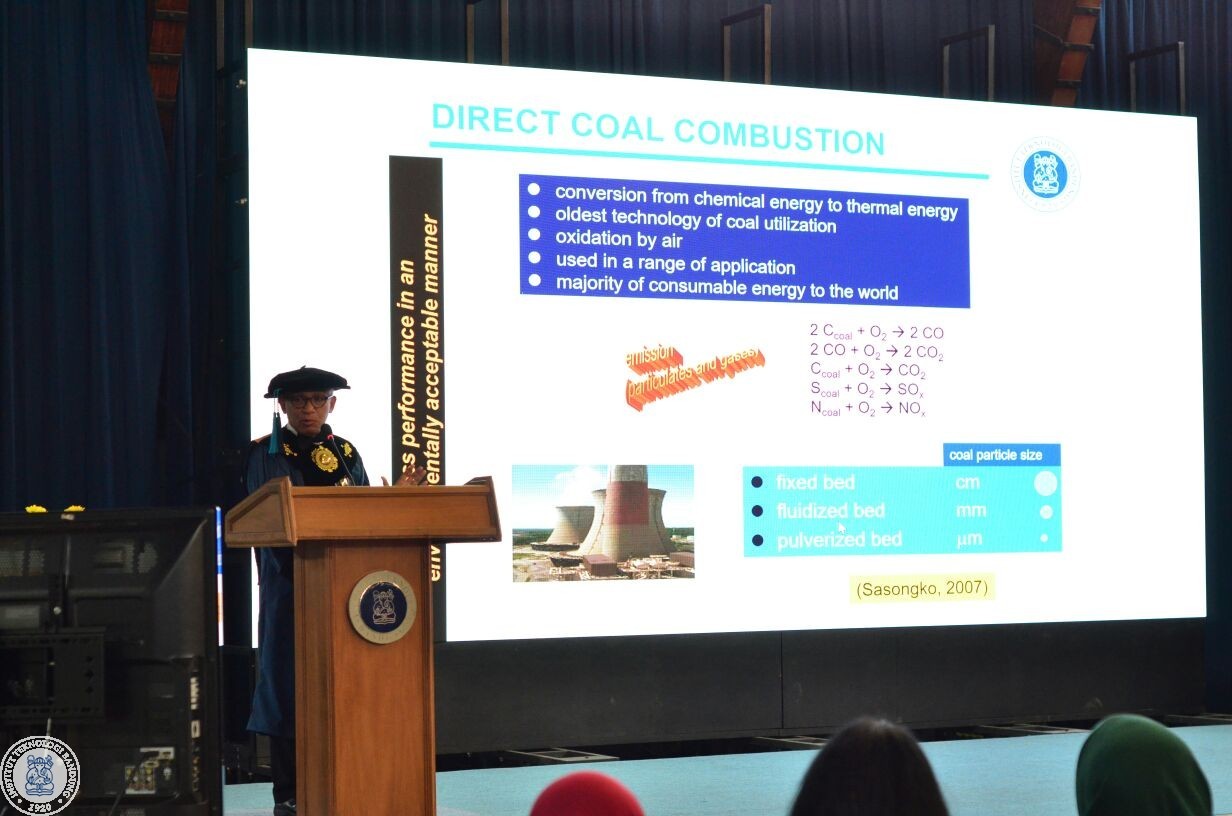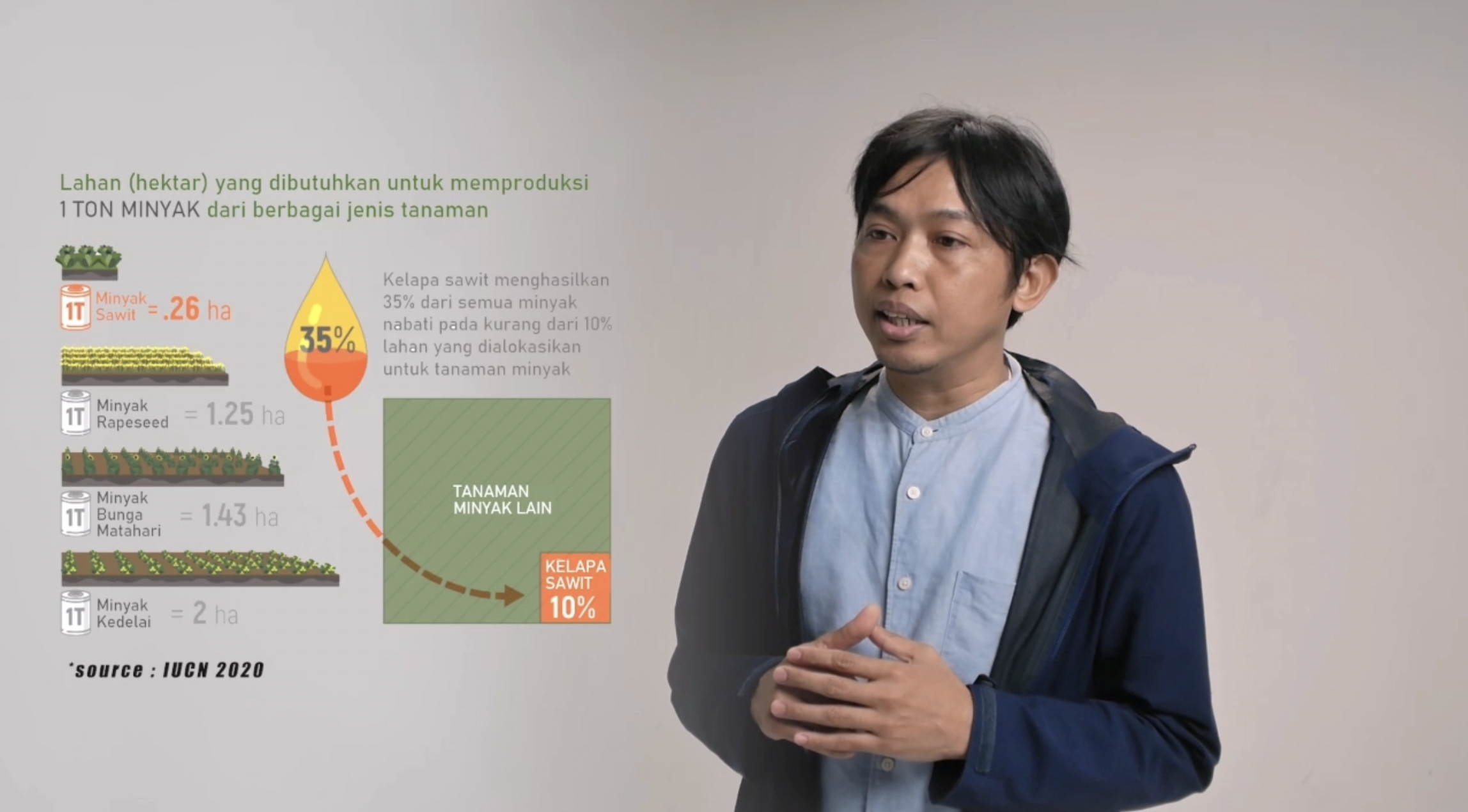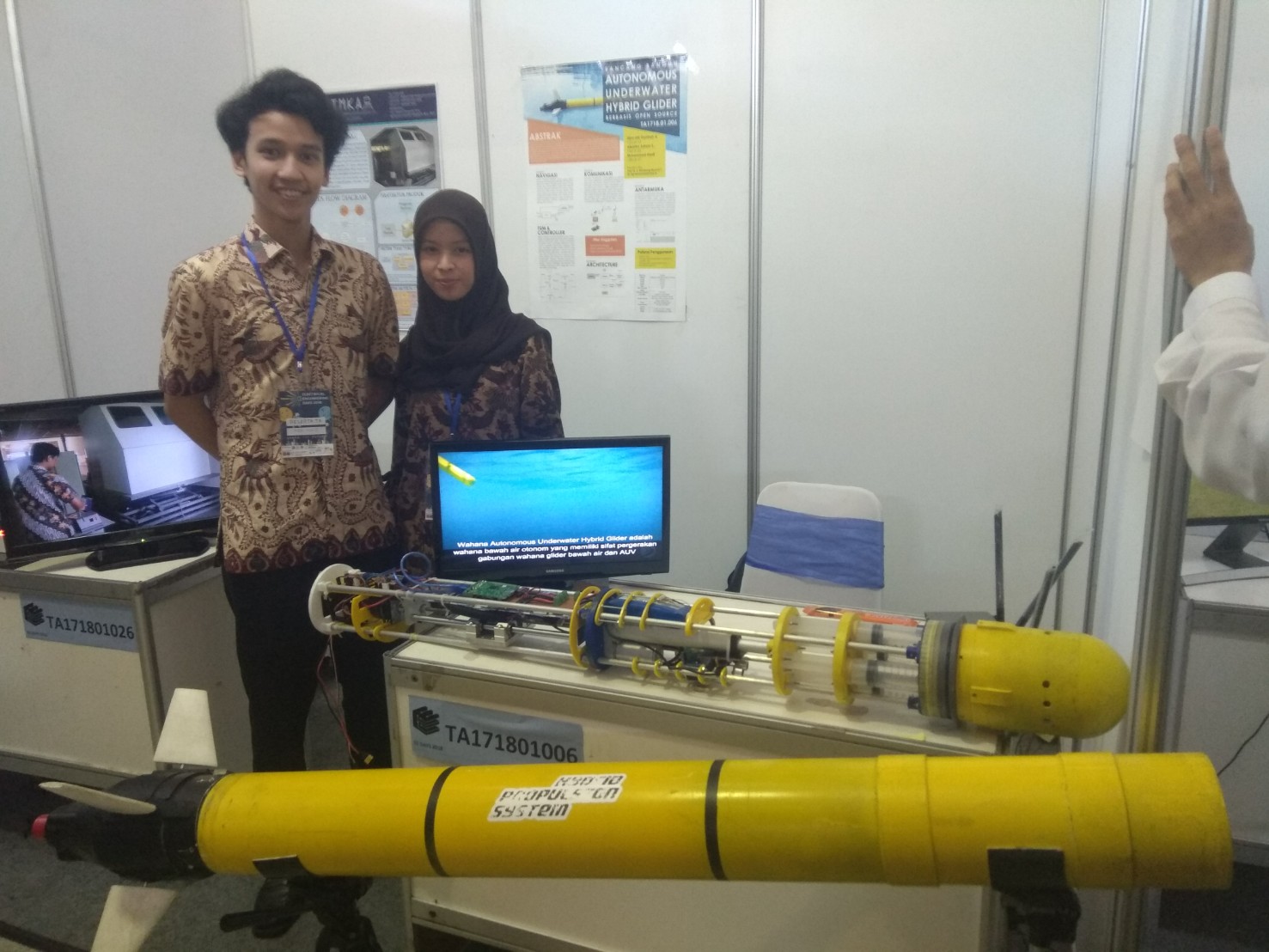ITB Professor Creates Hybrid Coal as More Environmentally Friendly Solid Fuel
By Fivien Nur Savitri, ST, MT
Editor Fivien Nur Savitri, ST, MT
BANDUNG,
itb.ac.id - The utilization of coal as energy resources has been done since
several centuries ago, but the massive exploitation only began in the 19th
century after the invention of steam engines by James Watt. The most common use
of coal is direct combustion to generate heat. Currently, coal is generally
used as fuel for steam power plants. Compared to other fossil fuels like
petroleum and natural gas, coal produces more CO2 emissions and
particulates in the form of ash particles.
Entering the
20th century, when several renewable energy sources such as solar
energy, wind, biomass, hydro, etc. began to be utilized, environmental
activists began to call for a reduction in coal use. In addition to causing
greenhouse gas emissions, coal combustion also has the potential to pollute the
environment with compounds such as NOx and SOx that cause
acid rain. On the other hand, coal is still a major source of energy for
industries due to its abundant reserves, lower equipment investment costs, and
qualified technological support.
To answer the
problems that occurred on the utilization of coal, on Saturday, March 10th
2018, Prof. Dwiwahju Sasongko, Professor of Faculty of Industrial Technology
delivered a scientific oration at the ITB Professor Forum held at the West Hall
ITB, entitled "The Challenge of Development of Clean Coal Technology in
Indonesia".
Prof.
Sasongko, or simply Mr. Song, explained that Indonesia currently ranked at the
9th or around 2.2% of the world's total coal reserves.
Unfortunately, about 80% of Indonesia's coal reserves including the medium and
low rank coal with a calorific value of less than 5000 kcal/kg. Coal with low
calorific value is still little in amount and untapped. With coal production of
more than 400 million tons per year, only about 20% is used for domestic
purposes while 80% is exported.
To be more
environmentally friendly, coal processing technology requires a breakthrough in
its development. The breakthroughs that have been implemented on a commercial
scale are on combustion technologies. Industries can choose three types of
furnace namely fixed bed (stoker), fluidized bed (FBC = Fluidized Bed
Combustion), and entrained bed (PF = Pulverized Firing). Recently, the FBC has
been compelling to its user because of its relatively low operating temperature
(800-900° C) which produces NOx slightly lesser compared to
1200-1400° C in PF. The FBC uses a 15 mm scale coal particle feed that requires
less energy for scouring than the PF that burns micrometer scale coal particles.
Furthermore, the addition of limestone other than sand as heating medium can
capture SOx to produce gypsum. Along with the development of FBC, PF
technology also developed with some modification in combustion technique so
that the operating temperature is lower, hence decreasing the NOx
emission.
Aware that
middle and low rank coal are still underutilized even though Indonesia has
large sum of biomass waste, Mr. Song, Dr. Winny Wulandari, and Dr. Jenny
Rizkiana made a breakthrough by manufacturing hybrid coal. Both of middle/low
rank coal and biomass waste are converted into hybrid coal. Hybrid coal is
produced by mixing coal particles and biomass (e.g. sawdust) using binders and
then processing them with pyrolysis at low temperatures (200-300° C). This
process often referred to as torefaction.
With this process, some volatile materials are decomposed and detached from the
coal/biomass matrix so that the calorific value of this solid fuel is higher
than the calorific value of the feed. Biomass becomes more hydrophobic so it is
not easy to decompose and the level of erodibility will be increased, hence
making the reduction of the size of hybrid coal particles for FBC and PF feed
is easier to do. What makes it fascinating is that the CO2 emissions
in hybrid coal combustion are lower than coal feeds because the CO2
produced in biomass combustion is neutral CO2.
Prof.
Sasongko and team also undertake other researches to overcome the negative
impact on coal processing. Besides being done physically and chemically, the
sulfur content in coal can be set aside from coal biologically by utilizing Thiobacillus ferrooxidans. He also used Trichoderma sp and other biological
methods to break the hydrocarbon chain in a coal matrix to generate liquid fuel
through biosolubilization. By converting coal into liquid fuel, there won’t be
any ashes upon combustion.
These studies
are certainly the answer to the government's mandate in Article 25 paragraph
(1) of Government Regulation No. 79 of 2014 on National Energy Policy, which
states that the research, development and application of energy technology is
directed to support the national energy industry. It is also stated explicitly
stated in Article 24 paragraph (2), which is to provide greater opportunity for
national companies in the management of oil, natural gas and coal. "Given
some of the advantages of coal and has made many efforts to overcome its
negative impacts, Indonesia has the potential to contribute to the development
of environmentally friendly coal processing technology in the present and
future," said Prof. Dwiwahju Sasongko.





.jpg)
.jpg)

.jpg)
.jpg)

